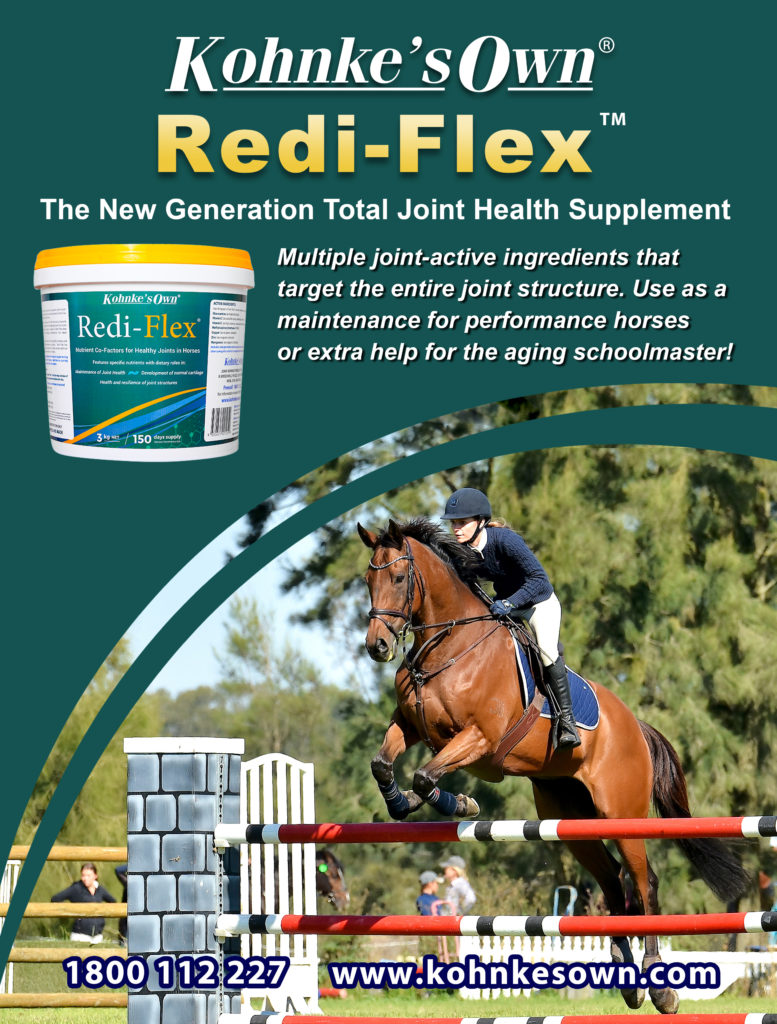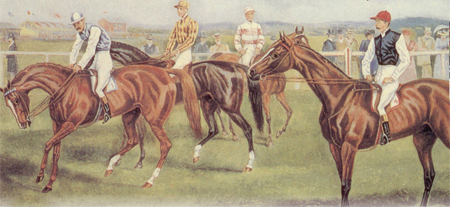
Gemma Alexander and Christopher Hector
Given the changing demands placed upon equine athletes in modern showjumping, it is understandable that the physical attributes these athletes require have evolved. Courses of today are much more delicate and the time allowed is getting tighter, requiring adjustability and speed in levels much higher than was seen in the brute strength of jumping horses past. Such evolution required an injection of ‘blood’ into the gene pool, leading to the lighter and more reactive horses of today.
This increased need for blood begs the question: do we still need Thoroughbred blood in the breeding of the modern performance horse?
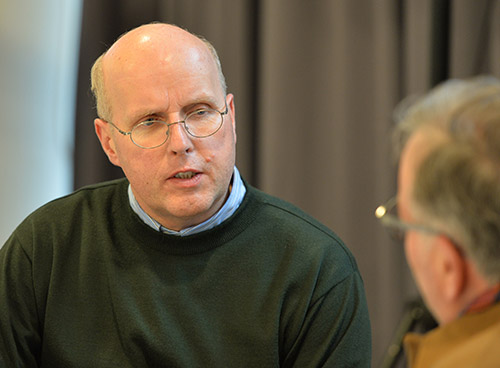
In 2010 Holstein Breeding Director Thomas Nissen said: “Our breed can only develop in a good and right way for the sport when the breeders take always a little Thoroughbred influence in our population. It is necessary…I think it is necessary that the breeders use Thoroughbreds but use them with very good thinking about which mare is right for the Thoroughbred. You need for a Thoroughbred stallion, your best mother line, with a good background, a good stamm behind it, and good jumping ability. This is necessary because in other ways the risk is too big that the result goes this way and that way.”
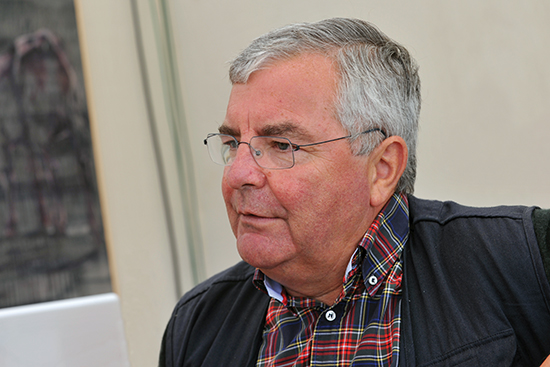
At the time Arnaud Evain had a different take on the situation: “One of the major reasons that French breeding is appreciated in the world today is because of Thoroughbreds. We used the proper Thoroughbreds, the bad ones we used also, but no one remembers them, they disappeared from the dam lines. Now if you go into the pedigrees of the French book, and you find stabilized horses with between 15% and 20% Thoroughbred blood – the situation is much the same in Holland – and when you mix those horses together you keep 15-30% Thoroughbred… The use of a new Thoroughbred was a must, fifteen to twenty years ago, when you had to select the good bloodlines and keep adding ‘blood’ into the heavy horses… But now we have them – if you take a drink with 20% alcohol and mix it with another drink with 20% alcohol, we still have a 20% alcohol. The same with our horses, we can breed the horse with 20% Thoroughbred blood to another with 20% and keep the percentage we need.”
“You have horses today in competition, with no Thoroughbred in the first three generations, but they have a lot of blood. Thoroughbred does not have the exclusivity of blood any more. Take Quidam de Revel, if you look at his pedigree it is quite cold blooded but he has one Thoroughbred in the third generation which is pushing blood all through the pedigree.”
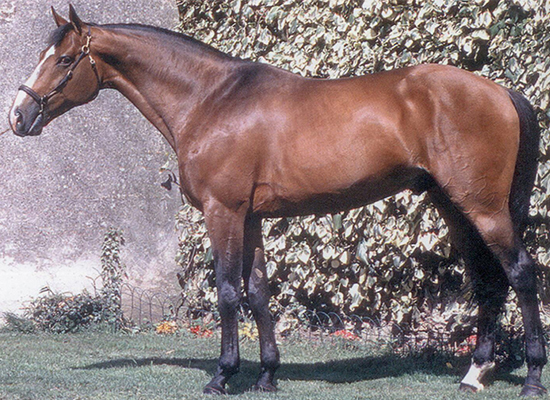
Quidam de Revel – one Thoroughbred in the third generation is enough…
Florian Sitzenstock of the University of Goettingen found in a ground breaking piece of research that in the Hanoverian studbook since 1985, the percentage of horses by full-blood or half-blood sires has diminished, yet the percentage of Thoroughbred blood in the Hanoverian population had actually increased.
Story continues below the advertisement
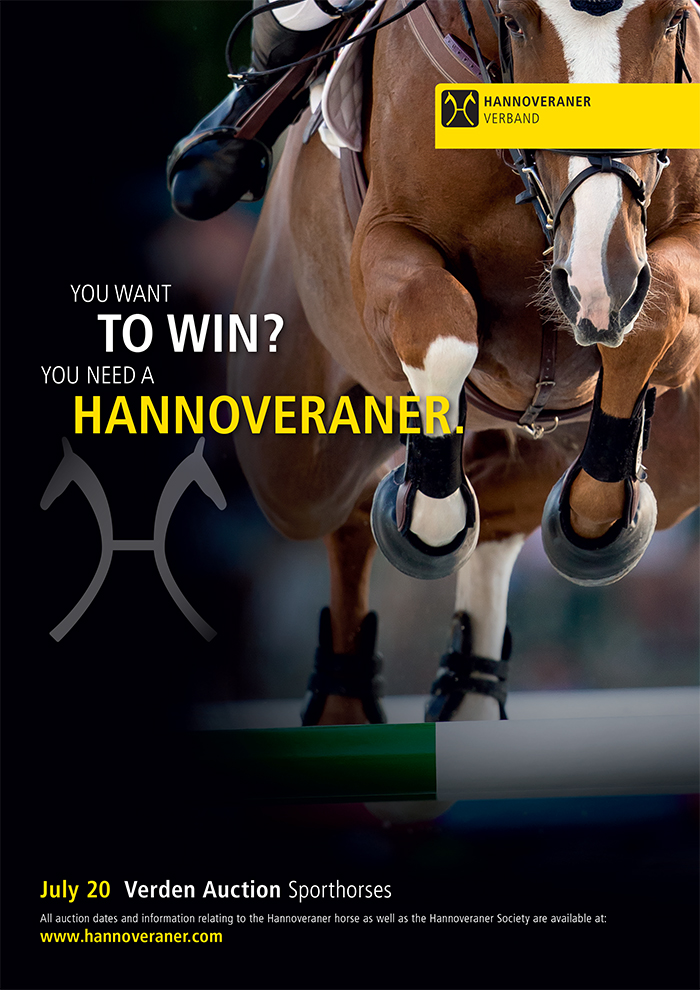
Has this trend continued to grow up to 2019?
We have analysed the WBFSH Top 100 jumping horses from 2009 and 2019. What we found was that the average level of blood between these two years was largely unchanged (43.45% in 2009, 42.97% in 2019), however what did change materially was the minimum and maximum levels of blood of these top 100 horses; in 2009, the level of blood ranged from 17.97% to 79.69%, while 2019 saw a range of 24.22% to 62.89%. This indicates that the level of blood in these top jumping horses is becoming set at more constant level; this is the result of targeted and informed choices by breeders to attain the optimal level of blood for the top sport. Another notable change between 2009 and 2019 was that the average generation when a full Thoroughbred appeared in the pedigree slipped back from 4th generation in 2009, to 5th generation in 2019. In 2009 the earliest a full-blood TB was seen in the pedigree was 2nd – a direct parent, while in 2019 the earliest appearance was in the 3rd generation.
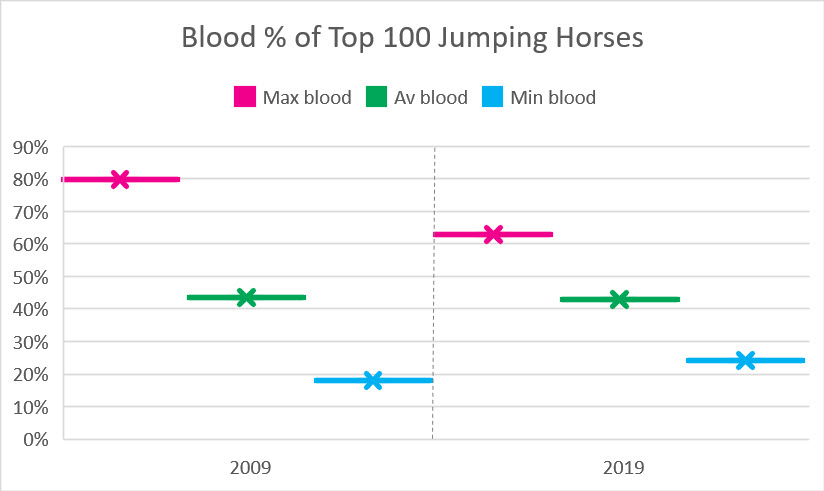
Interestingly, nine of the top 100 jumping horses in 2019 have a total blood percentage of over 50%, yet the first full-blood Thoroughbred does not appear in the pedigree until the 5th generation. The gelding Usual Suspect d’Auge (Jarnac – Mesange du Rozel x Papillon Rouge), currently 16th in the rankings, has a total blood level of 61.52% yet a full-blood Thoroughbred is not found until the 5th generation!
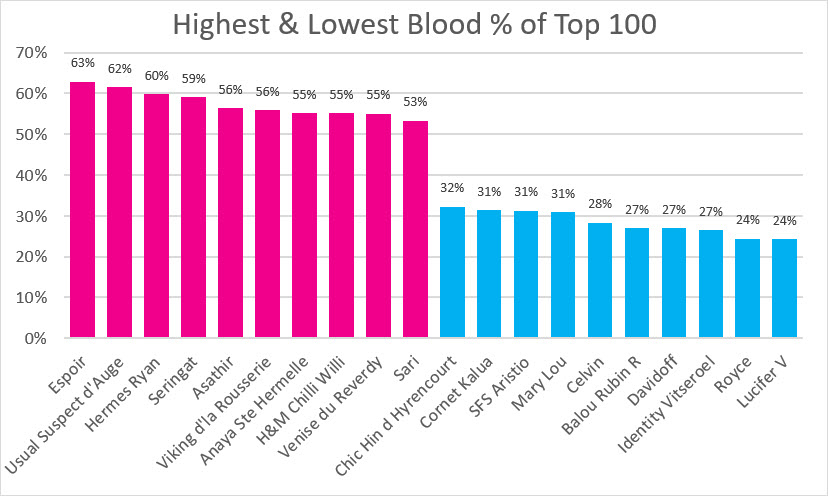
This is fairly compelling evidence that modern breeders are able to maintain, and indeed increase, the level of blood in their progeny without the use of Thoroughbreds; breeding to Warmblood stallions with a high blood percentage would appear to be the way of the future when it comes to producing the blood-type performance horses required by the sport today.
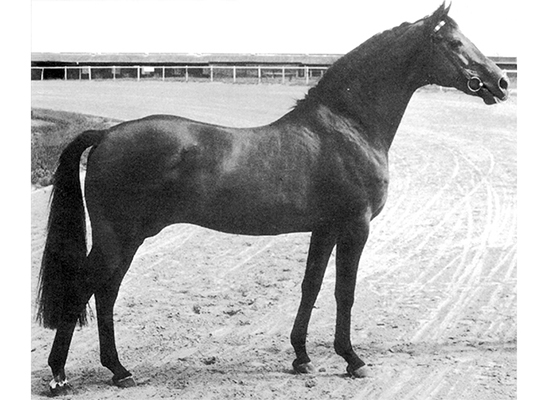
Ladykiller xx leads the way…
And which Thoroughbreds are still imparting the most influence on jumping horses today? It would come as no surprise that Ladykiller xx (Sailing Light xx – Lone Beech xx x Loaningdale xx), born 1961, leads the pack, appearing 32 times as the closest TB ancestor in the top 100 jumping horses.
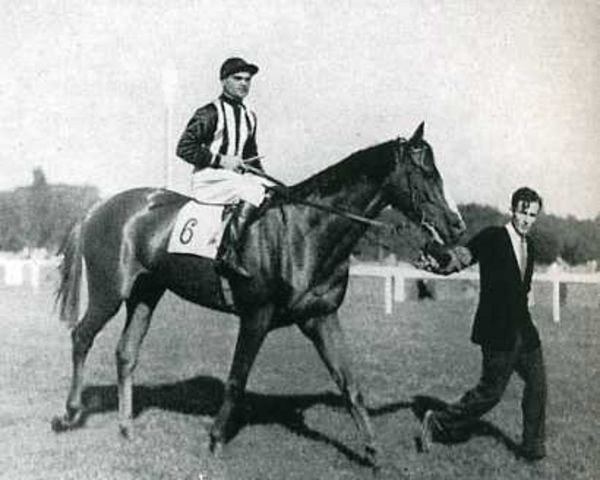
Rantzau – off the track and into jumping breeding…
Next in line was Rantzau xx (Foxlight xx – Rancune xx x Cavaliere d’Arpino xx), born 1946, appearing as the first TB ancestor 20 times, and Furioso xx (Precipitation xx – Maureen xx x Son-In-Law xx), born 1939, at 17 times.
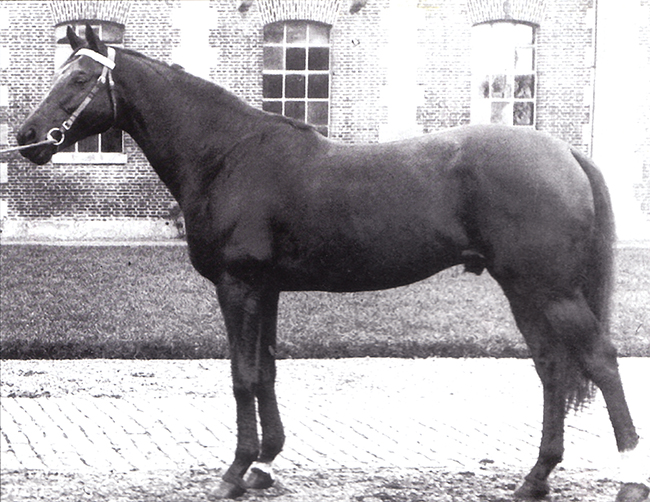
Furioso – more Thoroughbred blood for the jumpers…
The top 10 Thoroughbred influences are shown in the table below:
| Stallion | Born | # times appears as 1stTB ancestor |
| Ladykiller xx | 1961 | 32 |
| Rantzau xx | 1946 | 20 |
| Furioso xx | 1939 | 17 |
| Godavari xx | 1982 | 10 |
| Sacramento Song xx | 1967 | 7 |
| Laudanum xx | 1967 | 6 |
| Courville xx | 1952 | 6 |
| Cottage Son xx | 1944 | 6 |
| Amarpour xx | 1966 | 5 |
| Abgar xx | 1958 | 4 |
| Koridon xx | 1946 | 4 |
| Marlon xx | 1958 | 4 |
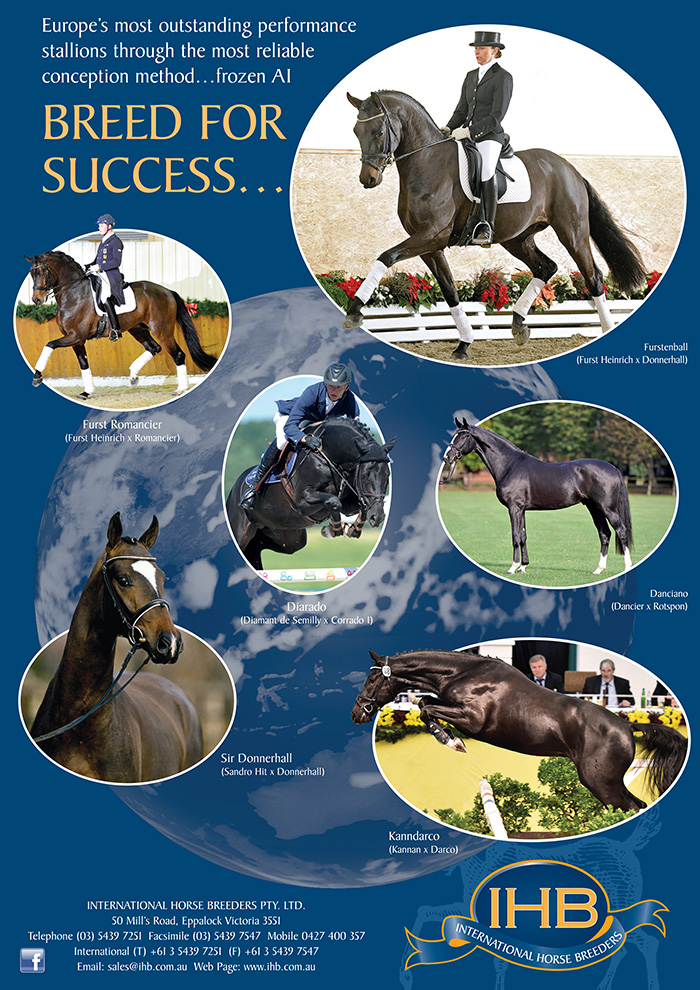
LADYKILLER xx:
In his Stallion Book of the Holsteiner Warmblood Breed, Dr Dietrich Rossow had this to say about Ladykiller and his influence:
“He was an averaged sized, clearly masculine type with a beautiful head, really heavy neck, good shoulder, rather flat loin, and a nicely coupled, heavily muscled croup. He had first-rate legs and feet for a Thoroughbred and was an elastic mover. He was everything a state breeding program could wish for. With his 35 approved sons and 195 approved daughters, he has had the greatest impact of all on the Holsteiner breed. His best produce came through crosses with mares with some Thoroughbred blood. This was just the opposite case as with Anblick. When crossed with coarse, common mares, Ladykiller produced accordingly. Today (1988) he must be viewed as one of the most important jumper sires of modern time. To enumerate all of his great performance offspring in the world of jumping goes beyond the limits of this essay. He sired fewer dressage horses. Whereas Marlon and Anblick influenced this Holsteiner modification phase more in the direction of riding horse types, Ladykiller offspring correspond more to performance, jumper types. As a rule, they are strong horses, they are not, at first, very tight with their front ends. This however, quickly improves with increasing maturity.”
Ladykiller was born in England in 1961 but he was no star on the racetrack, racing three times in two years and rating only a 80.5 kilo handicap – which luckily for him, was 0.5 kilos more than the minimum required for a Thoroughbred stallion to be accepted into German breeding ranks. Before his death in 1979, he sired 35 stallion sons including the twin pillars of Holstein sport horse breeding: Landgraf and Lord. Both, it should be noted, out of mares with a good percentage of Thoroughbred blood – Lord’s dam was a full blood, while Landgraf’s dam was 25% Thoroughbred.
Ladykiller’s breeding features all the usual suspects found on jumping Thoroughbred pedigrees – Blue Peter, Phalaris, Son in Law – the great descendants of Bay Ronald.
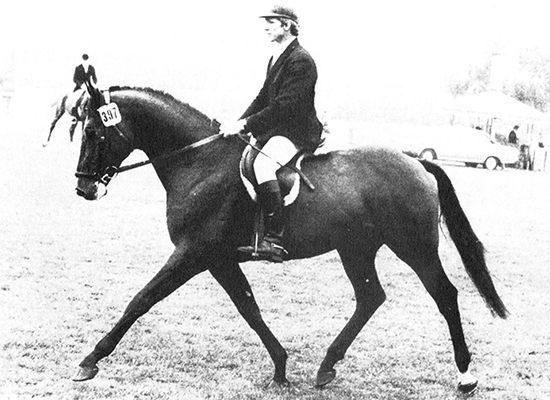
Lord, bringing the blood of Ladykiller to the sporthorse population
Ladykiller’s stallion sons included Ladalco (Aldato, 1977), Levantos I (Cantus, 1990) and Lord (Cottage Son xx) who is mainly influential today through his son, Lord Calando (1985, Calando), the sire of Lux Z (Ahorn Z, 1988). But by far the greatest carrier of the Ladykiller line is Landgraf (Aldato, 1966), a prolific sire of sires, including Burggraaf (Cor de la Bryère, 1984), the Lancer brothers (Fantus, 1986, 1990), Landadel (Gotthard, 1982) and Libero H (Ronald, 1981). There’s even something for the dressage breeders, the Landgraf son, Lacapo (Capitano, 1980) produced Flemmingh (Carneval) who in turn sired Krack C (Beaujolais) while Landino (Lido, 1986) was the grandsire of the tribe of Lord Sinclairs (Raueck).
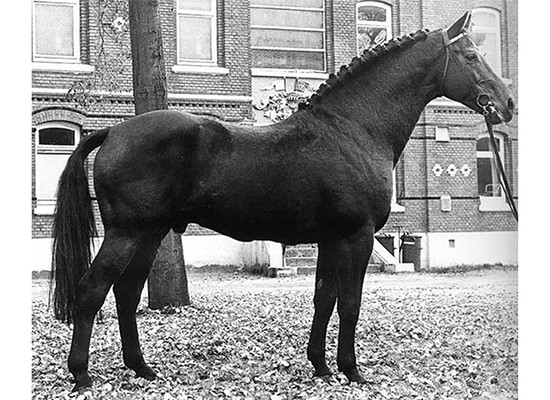
Landgraf, still one of the greats
RANTZAU:
Rantzau (Foxlight xx/Cavaliere d’Arpino, 1946) belongs to the Touchstone branch of the Eclipse dynasty, his great grandsire, Son-in-Law (Matchmaker, 1911) was also responsible for another hugely influential Thoroughbred import to Germany, his grandson, Cottage Son (Young Lover / Cottage, 1944).
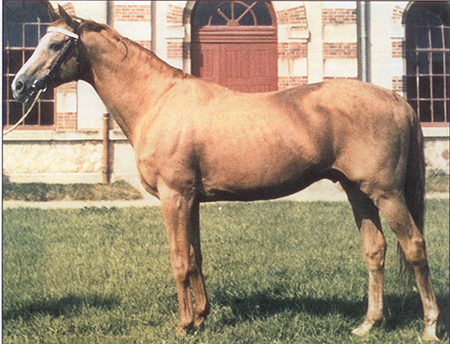
Rantzau ‘chic’
By 1964, Rantzau had moved into 3rd place on the ranking of aged sires of jumping horses, behind Lutteur B and Kenavo D, and the next year he moved into 2nd place with progeny jumping with success all over Europe, and held that second place until 1969. In 1970 he moved down to third place behind Ibrahim and Furioso, but the next year he moved into first place on the jumping rankings, as well as being in 5th place on the sire of eventers rankings – he was even ranking in the 20s as a sire of dressage horses.
As late as 1976, when he had been dead for five years, Rantzau was still 3rd on the jumping sires rankings, by 1980 he had moved into 4th place. He remained for many years one of the leading sires of broodmares.
Rantzau produced 26 licensed sons who in turn produced 17 sires.
Jean Delannoy concludes: “Little by little, rumours dominated: ‘Rantzau doesn’t breed well’, ‘Rantzaus are terrible’. We have seen that his breeding career was well developed. In the years 1960-1970s, his get were sought after by riders… who were rarely able to buy them, as the military were getting them all!”
“People who knew the Rantzaus (Marc Hoissin, Michel Pelisser, Remy Thault, Emile Esnault) remember horses who were sometimes sensitive, but perfectly usable. They were cold to the girth when being broken and the mares in heat could be very susceptible. They needed to gain confidence and it was necessary to completely dominate them, but without brutality. Often stiff and strong, with straight hocks, a tight back, they were very generous, sure of themselves and cold to the leg. Even today it is easy to recognize a Rantzau descendant because of their chic look, occasional black leopard spots, sometimes white hairs and their famous straight hocks.”
(Annuaire du Cheval de Sport et d’Elevage 2000)
Rantzau’s French influence has been mainly through his son Starter (Jus de Pomme, 1960) an acclaimed sire of jumping broodmares. In Germany, his son, Cor de la Bryère (out of a mare by the Selle Français, Lurioso – a son of Furioso xx) , established himself as one of, if not the, all time jumping sire greats. Star sons include the Caletto brothers (Consul, 1975, 1976), the two Calypsos (Heissporn, 1973, 1974) and Corrado I (Capitol, 1985) but there are many many more ‘Corde’ stallions that have been worthy sires and his line breeds on through grandsons, great grandsons and great great grandsons.
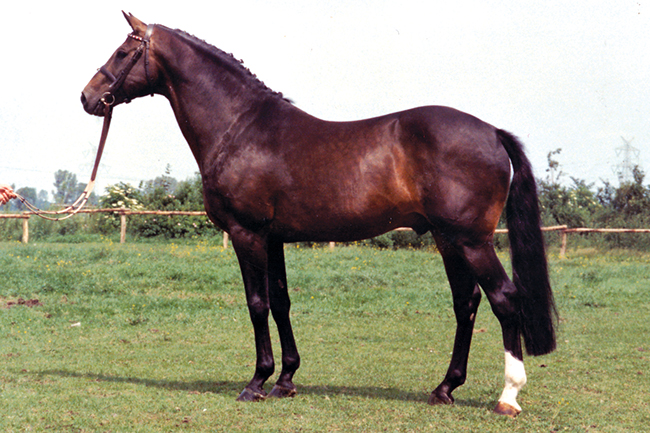
Cor de la Bryère – one of the greats
FURIOSO:
In 1946, a National Stud Commission was formed in France to buy foreign stallions to increase the French gene pool. According to Jean Delannoy, in his definitive article on Furioso in Annuaire de l’Étalon Sport Français, 1992, the talents of the team were well matched: “The Commission was composed of the general inspectors Mr Richard and Mr Vincent and the Stud Farm officer and founder of UNIC Mr Maurice O’Neill. Richard’s speciality was the conformation and gaits of a good horse, Vincent was an expert on Thoroughbreds, and O’Neill, with Irish horses being popular, was in a particularly strong position for a search in England.”
They were shown Furioso. Admittedly his career did not greatly impress; he was now seven, and had raced 21 times and only came close to winning three times. Still “his dignity, harmonious length and general conformation were enough to seduce. Mr O’Neill, who had never ridden such a well-balanced horse, forgave him his slightly knock kneed forelegs, his somewhat tight hock and his long legged conformation. He was purchased for 800 pounds from Mr Blunt.”
The recently appointed director of the Haras de Pin, the Viscount of Poncins claimed him for his breeding area. He “had been won over by this big brown bay, thick limbed, who walked like a lord with a magnificent pace, very energetic and showing a great deal of amplitude, his tail swinging at each step. His trot and gallop were good but not exceptional. He had never jumped either fence or bar in England, and, to the great surprise of onlookers, was never to jump in France. Although very energetic and full of life, he was docile in his stall and of good temperament.”
Still Furioso was exceedingly well bred. His sire Precipitation had a fine career winning seven races ranging from the 4000 metre Ascot Gold Cup to the King Edward Stakes of 2400 metres. As a stallion he was a success, eleven times amongst the 20 best sires of winners in England, and once in France. He was seven times in the top 20 sires of mares in England.
Furioso’s dam, Maureen was by Son in Law, another good racehorse, and a very good sire: 18 times amongst the 20 best sires of winners in England, 16 times in the top 20 dam sires in England and eight times in France. The grandmother, St Prisca was by Friar’s Marcus, ten times in the top 20 sires of winners in England, fourteen times in the brood mares top twenty and once in France.
By 1954, Furioso was topping the list of sires of winners in France thanks to jumpers like Virtuoso and Dolly II. He held the position up until 1961 – by then he was 22 years old. He was third behind Foudroyant II and Nithard in 1962, and second behind Foudroyant II in 1963 but was number one again in 1964 and held the spot until 1969, when he had been dead two years. He was a prolific sire of Olympic horses, including the gold medallist at Tokyo, Lutteur B and Pomone B who carried d’Oriola to victory at the World Championship in Buenos Airies in 1956, when she was only seven years old.
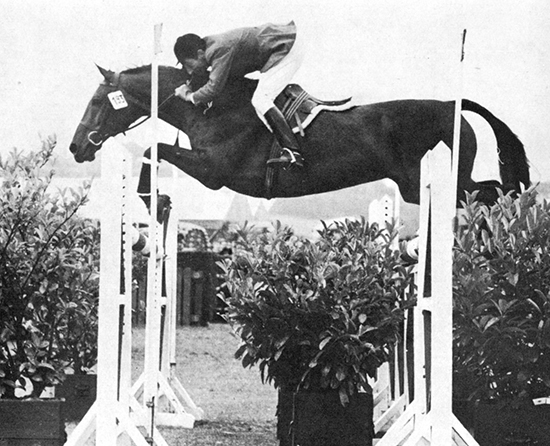
Lutteur B – gold medallist
Delannoy sums up their qualities: “These horses, full of personality, were sometimes difficult, particularly the mares, but were wonderful as soon as they felt confident. Slightly soft, they did not enjoy pain, they were very respectful and would sometimes misbehave or even stop if not ridden in a firm and friendly manner. Some good riders complained of them being amoral but they were not belligerent. Galloping with great balance, swinging on each big rounded stride (rather like the gallop of Narcos, grandson to Ma Pomme) they hardly ever needed to be corrected, although they did not mind it (except for a few hot blooded mares). The jump was often rounded, the horse locked onto the trajectory.”
Furioso himself did not produce many stallions of note, although Mexico (Talisman, 1956) was a good sire in Holland, and for the dressage fans produced a very good stallion in the form of his great grandson, Ferro (Farn, 1987). Furioso’s enormous influence right now is through his son, Furioso II (Talisman, 1965 – a full brother to Mexico) who stood in Oldenburg and is arguably the most important stallion in the sport horse world today, in both the disciplines of jumping and dressage. Furioso II’s stallion sons include Florestan (Rheingold, 1986), For Pleasure (Grannus, 1986), Purioso (Martell, 1974 – he is the grandsire of Jazz) and Voltaire (Gotthard, 1980).
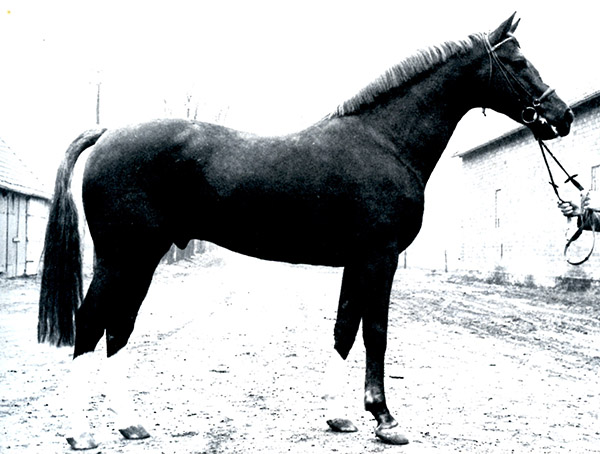
Furioso II – the most influential sporthorse stallion in the world today
Story continues below the advertisement
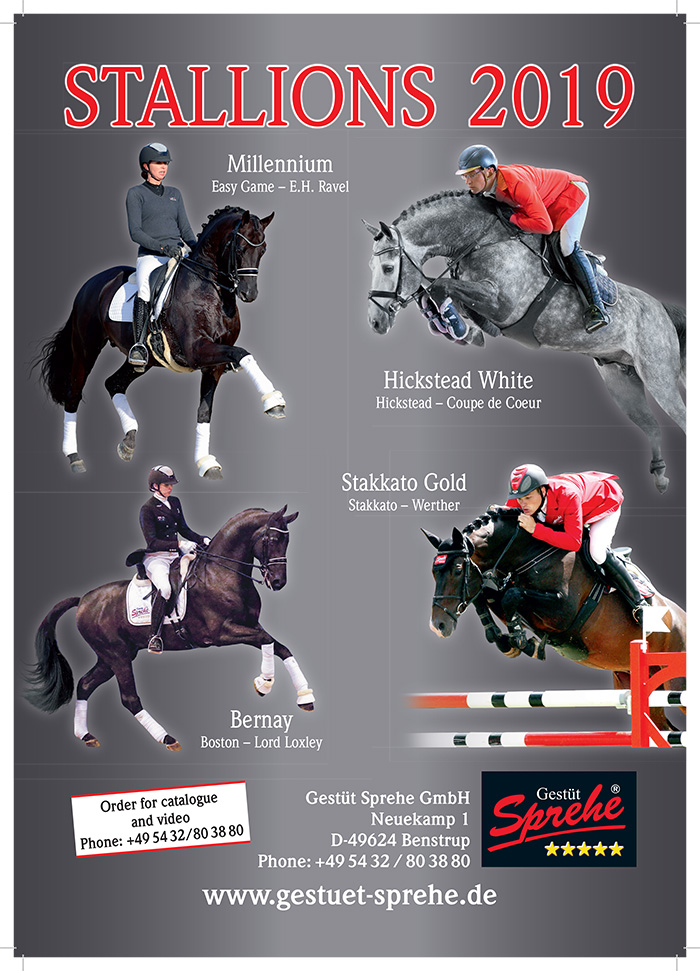
Today’s Top Stallions
We don’t have to look far on the latest WBFSH jumping stallion top ten to find our big three at work. Number one, Chacco-Blue (Chambertin / Contender) has Rantzau, via Cor de la Bryère in three out of four lines, on the fourth we find Godavari xx (Parole Board / Balto). Despite Godavari’s influence he remains something of a mystery. He was born 1982 in Eastern Germany (DDR) and used in the Mecklenburg breed. His dam Gruschowka was a Russian Thoroughbred mare. Godavari’s sire, Parole Board carried the blood of the Tudor Minstrel xx / Owen Tudor xx line, much loved by jumping breeders.
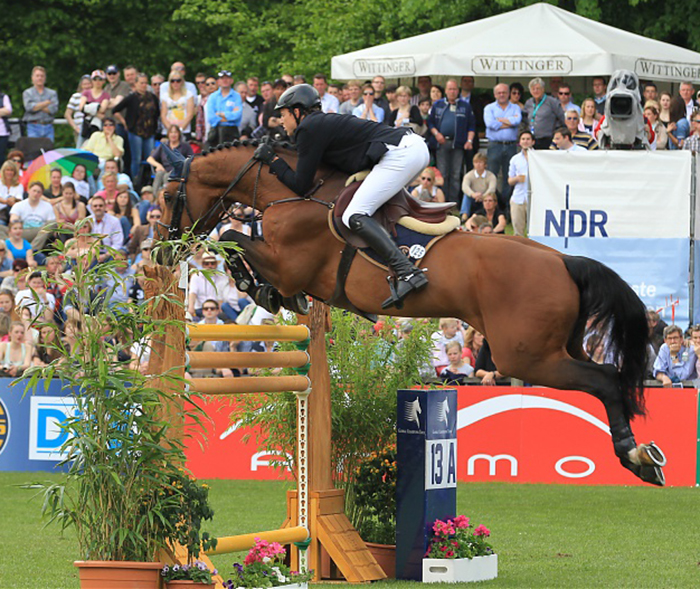
Chacco-Blue: Corde, Corde, Corde…
Story continues below the advertisement
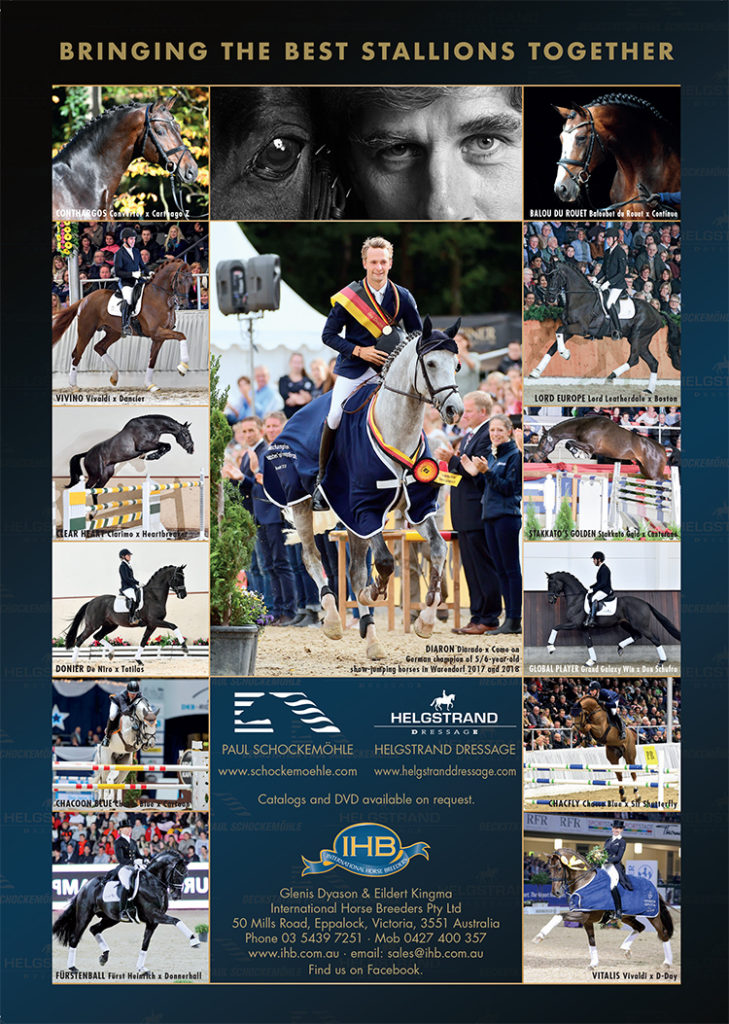
The second top stallion, Diamant de Sémilly (Le Tot de Sémilly / Elf III) carries over 50% blood, but is not influenced by the big three. On his bottom line we find the blood of Amarpour xx (1966, Tantieme / Nearco), who appears five times in our top 100.
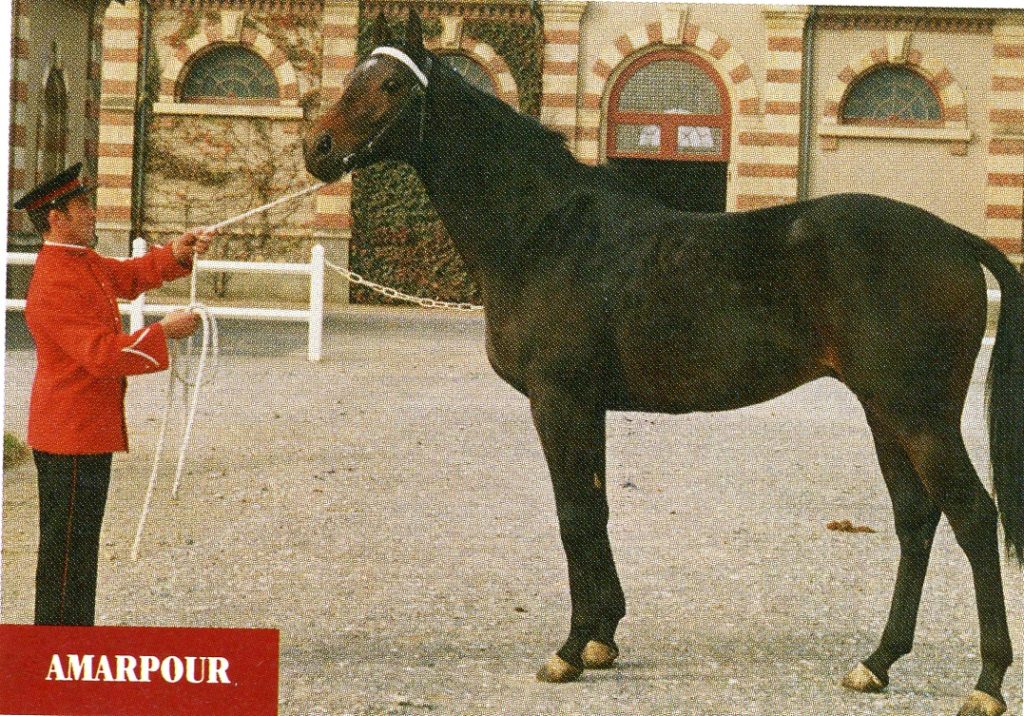
This French stallion is out of a Nearco mare, but through his sire, Tantieme, a leading French race horse, Amarpour descends from Teddy, another name that dots the jumper pedigrees. Amarpour sired the international winners Inca Du Vallon, Ignace (property of the French Equestrian Federation), and Ideal S, who jumped in the United States.
In third on this year’s rankings we find Casall (1999, Caretino / Lavall) who unites two of our top three, Rantzau through Cor de la Bryère and Ladykiller through Landgraf.
To highlight the influence of Furioso, we have to go to the fifth highest ranked sire, Kashmir van Schuttershof (1994, Nabab de Rêve / Tenor Manciais). Kashmir’s great grandsire, Jalisco B is out of a Furioso mare. Nabab’s dam, Jariose is by Furioso – and Kashmir’s dam, Fines van Kameren is out of a daughter of Furioso II.
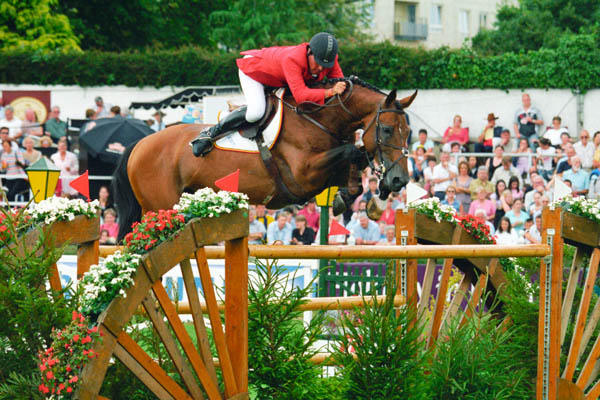
Kashmir van Schuttershof
A selection of stallions that are starring at the top of the sport today: Tobago Z (Tangelo van de Zuuthoeve – Whoopie C x Mr. Blue), Breitling LS / Quebracho LS (Quintero – Armonia la Silla x Acord II), and Clintrexo Z (Clintissimo Z – Rexotta Z x Rex Z).
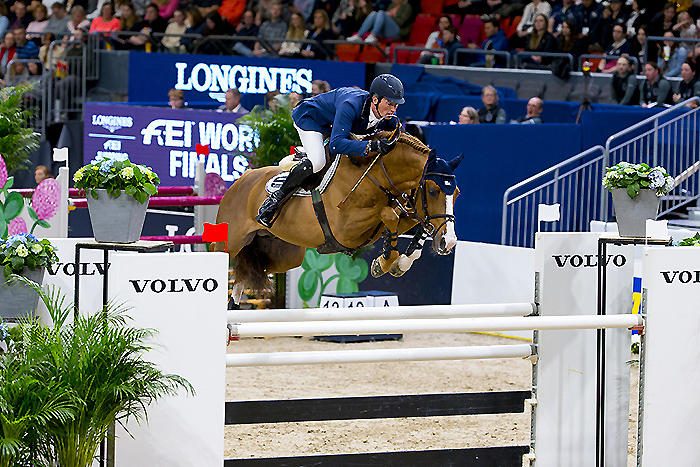
Daniel Deusser and Tobago Z
Tobago Z has Furioso in the sixth generation, as the damsire of Fair Play III, who in turn sired the great Narcos II. Furioso also shows up in the seventh line, as the father of Furioso II, down through Furioso Z and then to Tobago’s third dam, the 1.50m competitor, Orchidee.
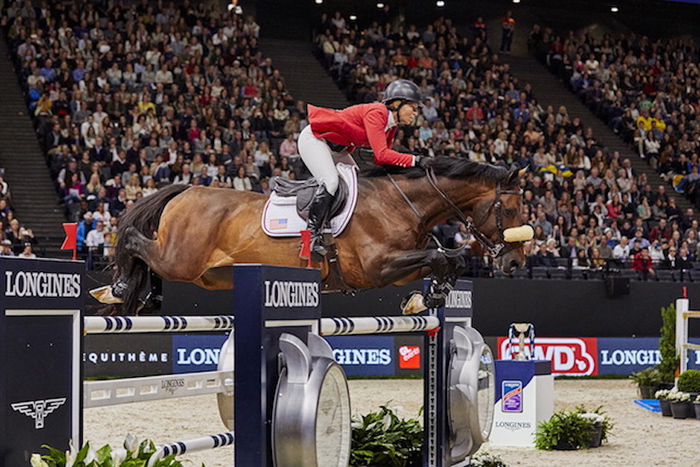
Beezie Madden and Breitling LS
Although made famous under the name Breitling LS, this stallion was actually christened Quebracho LS – something that annoys us no end when trying to keep track of these stallions! Our ‘big three’ TB influence this pedigree in the way of Rantzau once in the sixth generation and three times in the seventh, all through the mighty Cor de la Bryère. We also see Furioso in the seventh as the dam sire of Jalisco B, and Ladykiller also in the seventh, once as the damsire of the fourth dam of Quintero, Elki, and once as the sire of Lancaster, damsire of the second dam of Acord II, Gerlis.
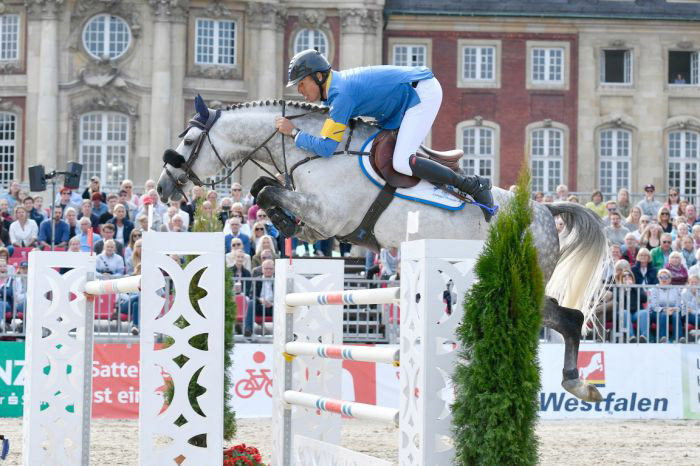
Clintrexo Z (Photo – Karl-Heinz Frieler)
The third of these current stars Clintrexo Z contains the holy trinity of our big three. In the sixth generation we find Ladykiller as the damsire of Clintissimo Z’s third dam Feine. He also features in the seventh as damsire of Carolus I’s granddam Cordelia. In the seventh we also find Rantzau twice as the sire of Cor de la Bryère and once as the sire of As Du Bourg. And rounding out our three, we have Furioso also in the seventh, as the damsire of Jalisco B. Going back even further we see Rantzau in the eigth generation, again through Corde, and in the ninth Furioso pops up again twice as the sire of Lurioso.
All the above appears to be compelling evidence that the way of the new world is to maintain the level of blood by mixing and re-mixing descendants of the great Thoroughbred genes through either sires or dams. Equally it remains true, that blood will out.
